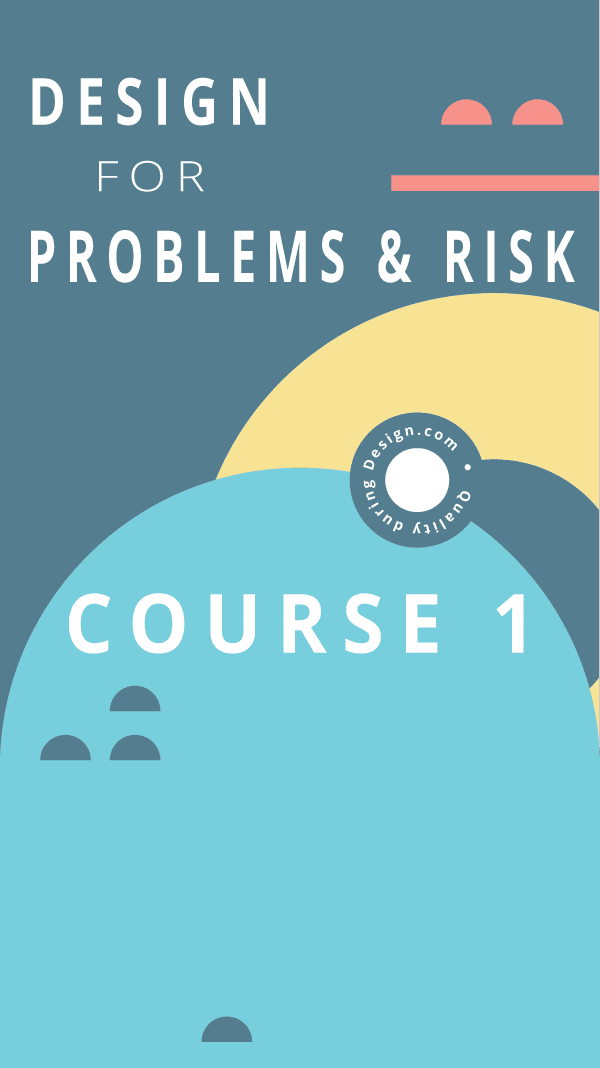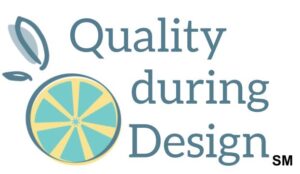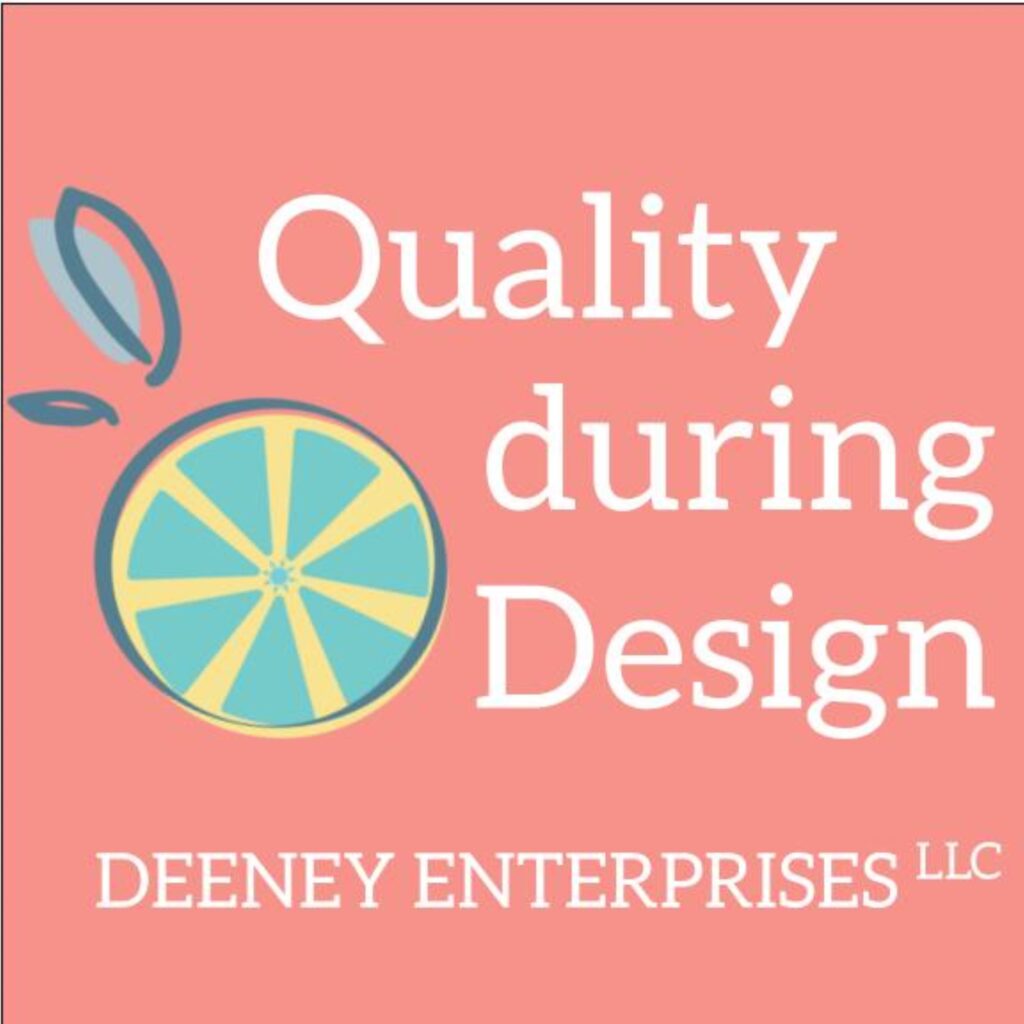
Course 1: Design for Problems and Risk
Lesson 7: Iterating through the Development Process
[progressally_media media_id="2"]
Products can’t be risk-free, but we have a responsibility to understand the risks of our product & actively manage them.
We can actively manage risks through the development process with the use of risk analyses, including FMEA.
When planning what risk analyses to do, we think about the end goal in mind. We're not just analyzing risk for analysis's sake - we're analyzing risks to make decisions about the design.
- What root causes do we need to explore?
- What changes do we need to make to which function, component, or process to reduce risk?
- What function, component, or process needs our attention for control?
And we want to update risk analyses when we learn about the product so we can make decisions based on risk. We learn about the product through:
- test results (benchtop, simulations, official testing)
- customer inputs (like summative or formative tests with our customers)
- field analysis of the use environment and user process
- and more
Iterative FMEAs and risk analyses through product development means:
- team meetings with our cross-functional teammates
- team understanding of risk rating scales and how to apply them
- action items defined, assigned, and tracked for completion with an assessment of how it changed risk
- timely re-analysis as we learn about our product
- a willingness to change our minds given new information
Downloads / Worksheets
Your company may have a defined product development cycle that looks different from this lesson's download. And that's okay. What we learn in the Quality during Design Journey can be applied anywhere for lots of things.
What matters is:
- the timely start of FMEA use (before certain decisions)
- a cross-functional team involvement
- the iterative nature of risk analyses as we learn more about the product through the development process
Success looks like:
- design engineers actively using FMEA and risk analyses to gather information from the cross functional team
- being an active participant in FMEAs and risk analyses, helping to define action items and taking them on
- scheduling or requesting FMEAs early in concept development, before design engineering starts
- using the symptom break-down (Lesson 2) to explore early concepts with the cross functional team, when we don't even have prototypes
- design engineers using the results of FMEA and risk analyses as an input into the design, to drive how the design will be - generally that
- Systems FMEA, Use FMEA, and Hazards Analysis are used as a source of user needs, requirements, and other design inputs
- iterating on the Design FMEA during the design process to drive design outputs
- using the symptom-problem-cause model (Lesson 1) to design for root causes and investigate test results
Designers can then share that information with other groups so they can also perform their work duties with risk in mind. See this infographic for an example: infographic
How can you do more "design for problems and risks"? What actions do you need to take?
Some prompts:
- I need to talk more with my cross-functional team. I can use the Symptoms break-down to get started or ask for clarity around problems.
- I need to be more active in FMEA meetings. I need to suggest more action items about the design.
- I can help my team get to the design inputs I need by guiding them through the symptom-problem-cause model.
- I need to look up the FMEAs we have before I start designing, looking at them as an input.
Decide on your actions and make a commitment. Write it as a promise to yourself on the worksheet and put it in a prominent place as a reminder.
Lesson 7
Iterating through the Development Process
Objectives
Bonus Training
Quality during Design Podcast Episodes
These podcast episodes expand upon some aspects of what we talked about in this lesson.

